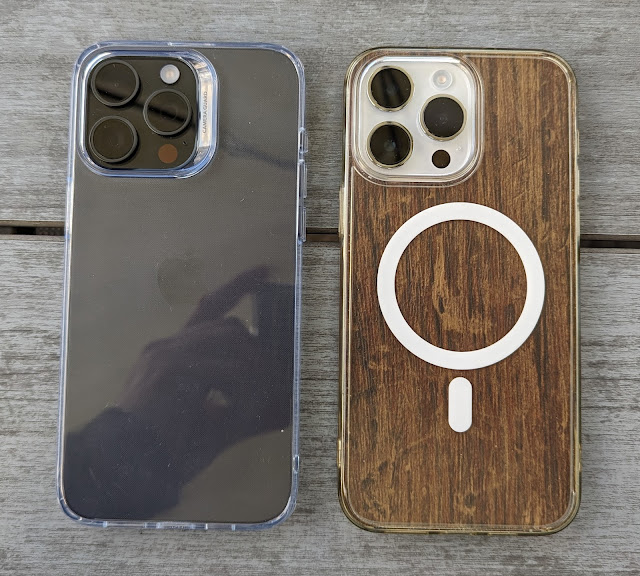The 'Blue Peter' radiator kludge that saves money!
Yes, yes, this is all very low tech, but it's something I've done on all our main window radiators and I believe it saves real money. And the kludge itself costs almost nothing, so why not?
The problem is that radiators in our house are positioned underneath windows - which seems utterly crazy to me, but it's true all over the place. Why? Put each room's heat source underneath the biggest heat loss, etc?!
In the winter, with curtains closed, the situation's even worse, with curtains closed, since then they hang down 'outside' the radiator vertically, so heat rises and then ends up 'inside' the curtain and straight out the window, or at least into the window space, and not into the room!!
Bonkers. Anyway, here's my fix. A length of cardboard, with kitchen silver foil glued (and/or taped) on, splined onto the radiator wall supports, and bent at 45 degrees so as to channel rising heat out into the room and beyond the curtains.
A few photos are worth a thousand words here, though, so here goes:
School-level physics tells us that heat from radiators comes out via radiation (hence the name) and convection. Real world experience tells us that the latter is largest and that most heat rises in the air, hence the mechanical 45 degree baffle here to physically deflect moving hot air.
But radiation is also catered for, which is the point of the aluminium foil. Heat which is (literally) radiated out from the (of course) white radiator is bounced off back into the room.
Keeping the cardboard in place are two hacks. Firstly small cardboard supports - these have slots that fit over the radiator's internal metal folds and with 45 degree tops on which the main deflector rests. Otherwise the latter would gradually deform and sag and lose its purpose!
Secondly, the main deflector has two slots in its bottom, so that it sits snugly on the radiator's two wall supports, as shown above (centre). Yes, it's all very 'Heath Robinson', but it works. And has done on five of our main radiators for several years now.
The photos here come from my latest 'build', over the first radiator I retro-fitted, for which the cardboard lasted about five years before looking too tatty.
Hope this helps someone else stay warmer and also save money!!
The problem is that radiators in our house are positioned underneath windows - which seems utterly crazy to me, but it's true all over the place. Why? Put each room's heat source underneath the biggest heat loss, etc?!
In the winter, with curtains closed, the situation's even worse, with curtains closed, since then they hang down 'outside' the radiator vertically, so heat rises and then ends up 'inside' the curtain and straight out the window, or at least into the window space, and not into the room!!
Bonkers. Anyway, here's my fix. A length of cardboard, with kitchen silver foil glued (and/or taped) on, splined onto the radiator wall supports, and bent at 45 degrees so as to channel rising heat out into the room and beyond the curtains.
A few photos are worth a thousand words here, though, so here goes:
School-level physics tells us that heat from radiators comes out via radiation (hence the name) and convection. Real world experience tells us that the latter is largest and that most heat rises in the air, hence the mechanical 45 degree baffle here to physically deflect moving hot air.
But radiation is also catered for, which is the point of the aluminium foil. Heat which is (literally) radiated out from the (of course) white radiator is bounced off back into the room.
Keeping the cardboard in place are two hacks. Firstly small cardboard supports - these have slots that fit over the radiator's internal metal folds and with 45 degree tops on which the main deflector rests. Otherwise the latter would gradually deform and sag and lose its purpose!
Secondly, the main deflector has two slots in its bottom, so that it sits snugly on the radiator's two wall supports, as shown above (centre). Yes, it's all very 'Heath Robinson', but it works. And has done on five of our main radiators for several years now.
The photos here come from my latest 'build', over the first radiator I retro-fitted, for which the cardboard lasted about five years before looking too tatty.
Hope this helps someone else stay warmer and also save money!!






Comments